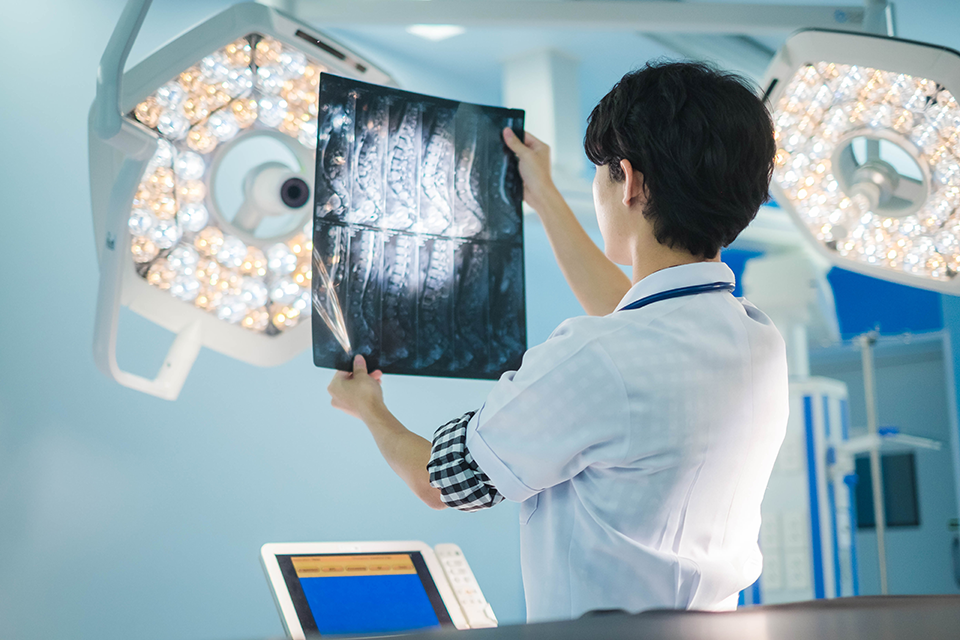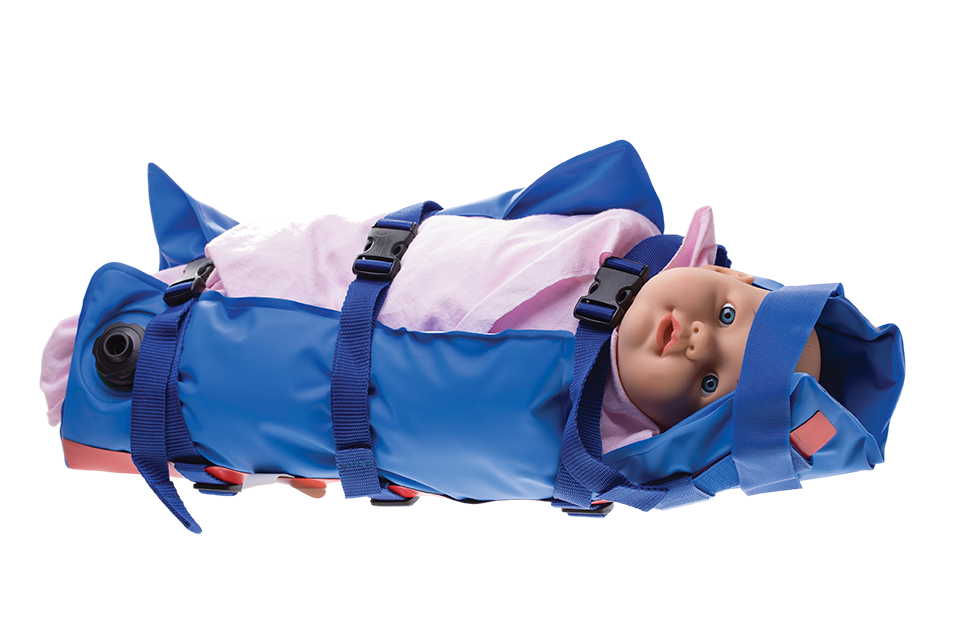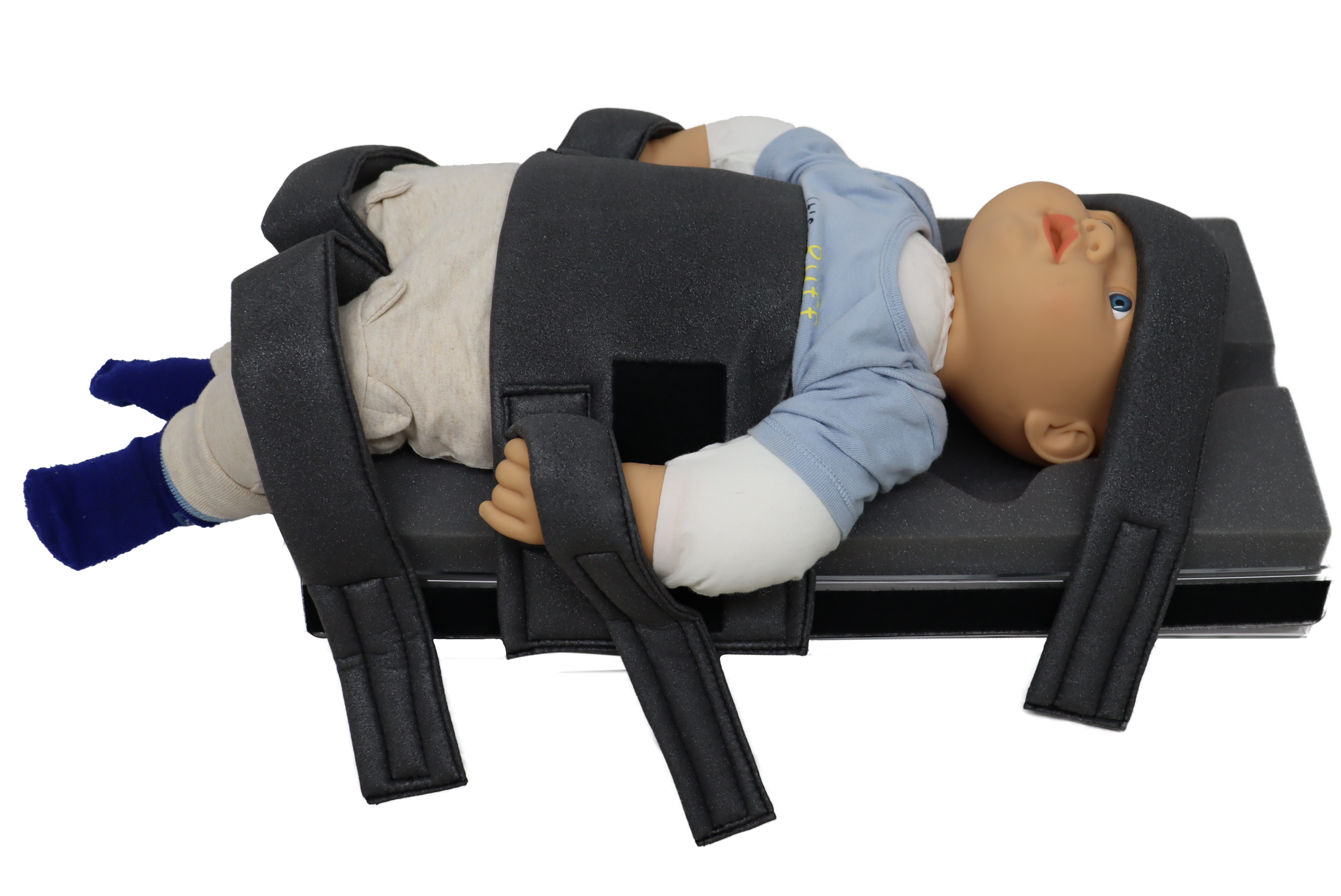How Do X-Ray Positioning Aids Impact Imaging Accuracy?
In the fast-paced and precision-driven environment of medical imaging, ensuring the highest level of accuracy is crucial. Imaging professionals...
3 min read
Domico Med-Device May 22, 2024
Learn how patient positioning accessories play a crucial role in enhancing the quality and accuracy of CT scan results.
Patient positioning is a critical factor in obtaining accurate and high-quality CT scan images. The position of the patient during the scan can significantly impact the diagnostic value of the images. Proper positioning ensures that the targeted area of interest is correctly aligned with the CT scanner's field of view, allowing for precise and detailed imaging.
Additionally, patient positioning helps minimize motion artifacts, which can result in blurred or distorted images. By immobilizing the patient and maintaining a stable position, the risk of image degradation due to motion is reduced, leading to more reliable and diagnostically valuable CT scans.
 Types of patient positioning accessories used in CT scans
Types of patient positioning accessories used in CT scansIn addition to immobilization devices like foam pads, cushions, and straps, a variety of other patient positioning accessories are essential for optimizing CT scan imaging. These accessories play a crucial role in ensuring patient comfort and maintaining consistent positioning throughout the scan.
Among the commonly used positioning aids are headrests, knee supports, and armrests, each serving a specific purpose in achieving the desired body position for imaging specific anatomical areas. For instance, headrests are instrumental in stabilizing the head and neck region, while knee supports and armrests provide the necessary support and stability for imaging the lower extremities and upper body, respectively.
These positioning aids not only enhance patient comfort but also contribute to the accuracy and quality of CT scan results by facilitating precise alignment with the scanner's field of view. By utilizing a combination of immobilization devices and positioning aids, radiology technologists can ensure optimal imaging conditions and ultimately improve the diagnostic value of the CT scans.
The use of patient positioning accessories offers several benefits in CT scans. Firstly, these accessories improve patient comfort and compliance by providing support and cushioning, reducing the risk of discomfort or pain during the procedure.
Secondly, patient positioning accessories enable the radiology technologist to achieve the desired imaging position accurately. This accuracy ensures that the targeted area of interest is appropriately aligned with the scanner's field of view, resulting in clear and detailed images.
Additionally, patient positioning accessories help minimize the need for repeat scans due to positioning errors. By using immobilization devices and positioning aids, the likelihood of patient movement during the scan is reduced, leading to fewer motion artifacts and the need for retakes.
Furthermore, proper patient positioning enhances the efficiency of the CT scan process. By using the right accessories, radiology technologists can optimize scanning protocols and reduce the time required for image acquisition, ultimately improving patient throughput and workflow in healthcare facilities.
 Considerations for selecting the right patient positioning accessories
Considerations for selecting the right patient positioning accessoriesWhen selecting patient positioning accessories for CT scans, it is crucial to consider several factors to ensure optimal imaging outcomes. Firstly, the specific anatomical area being imaged should guide the choice of accessories. Different body regions may require different types of immobilization devices or positioning aids to achieve the desired position accurately and effectively.
Additionally, the size and weight of the patient play a significant role in selecting the right accessories. It is essential to choose accessories that can adequately support and secure patients of varying sizes, promoting their safety and comfort throughout the scanning process.
Moreover, compatibility with the CT scanner is a key consideration. The selected accessories should align with the scanner's design and imaging capabilities to guarantee precise and dependable results. Ensuring compatibility between the accessories and the scanner can enhance the overall efficiency and accuracy of the imaging process.
Lastly, the ease of use and adjustability of the accessories should not be overlooked. Opting for accessories that are easy to position and adjust can streamline the scanning process, saving valuable time and contributing to improved overall efficiency in healthcare facilities. By prioritizing these factors when selecting patient positioning accessories, radiology technologists can optimize imaging results, enhance patient comfort, and improve the overall quality of CT scan procedures.
Continuous professional development is key to staying at the forefront of advancements in patient positioning accessories for CT scans. Radiology technologists should actively seek out training opportunities, attend conferences, and engage in ongoing education to enhance their knowledge and skills. By staying informed about the latest technologies and techniques, technologists can optimize imaging results, improve patient care, and contribute to the overall success of healthcare facilities.
Moreover, fostering a culture of collaboration and communication within the radiology team is essential. Technologists should work closely with other healthcare professionals, such as radiologists and nurses, to ensure seamless coordination during CT scans. By sharing information, discussing best practices, and seeking input from colleagues, technologists can enhance their expertise and provide comprehensive care to patients.
In addition to professional development and collaboration, technologists should prioritize patient-centered care when using positioning accessories. Taking the time to explain the purpose of each accessory to the patient, addressing any concerns or questions, and ensuring their comfort throughout the scan are critical aspects of providing high-quality care. By building trust with patients and involving them in the process, technologists can create a positive and supportive environment that promotes cooperation and reduces anxiety.
Overall, by embracing a proactive approach to education, teamwork, and patient engagement, radiology technologists can maximize the benefits of patient positioning accessories in CT scans. Through ongoing learning, effective communication, and compassionate care, technologists can elevate the standard of imaging excellence and make a meaningful impact on patient outcomes.
In conclusion, patient positioning accessories play a crucial role in enhancing the quality and accuracy of CT scan results. By understanding the importance of proper positioning, utilizing a variety of accessories, and following key optimization tips, radiology technologists can ensure optimal imaging conditions and improve patient comfort and compliance. The benefits of using patient positioning accessories extend beyond image quality to include efficiency, safety, and workflow improvements in healthcare facilities. To learn more about how patient positioning accessories can enhance CT scan imaging and patient care, continue exploring the latest advancements in this field.

In the fast-paced and precision-driven environment of medical imaging, ensuring the highest level of accuracy is crucial. Imaging professionals...

Ensuring accurate and effective imaging for pediatric patients requires specialized equipment that addresses their unique needs. Pediatric and child...

Discover essential techniques and considerations for optimizing pediatric patient positioning to enhance diagnostic accuracy and patient comfort in...